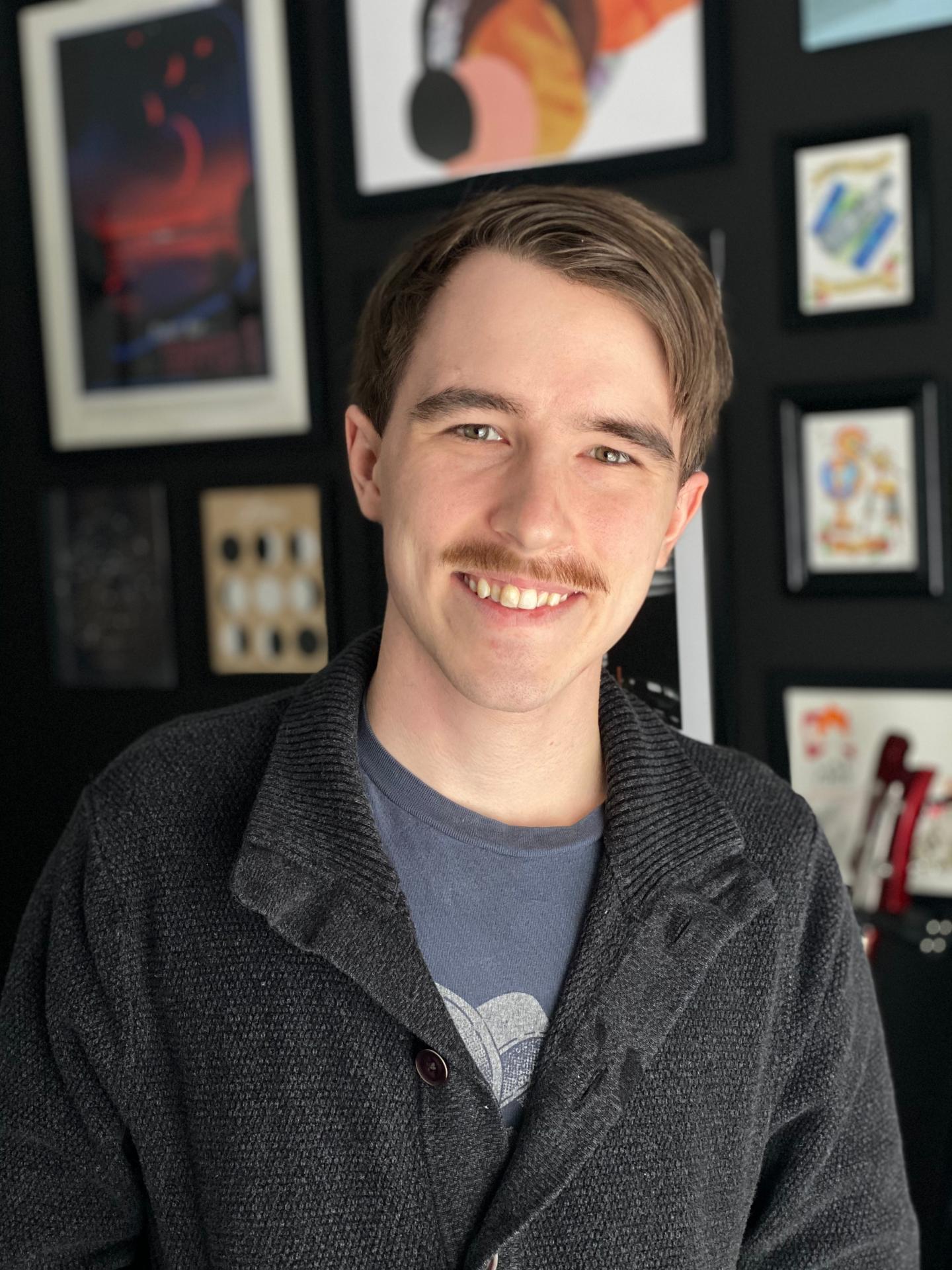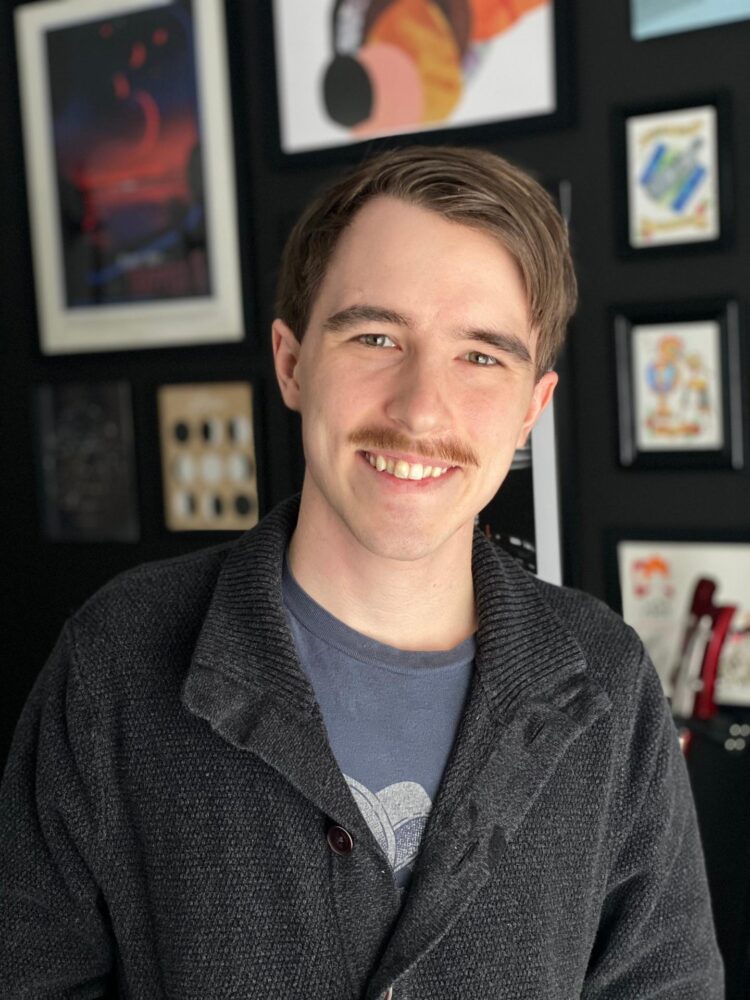Students will perform research at national laboratories

Credit: David Moutard
DETROIT – The Department of Energy’s (DOE’s) Office of Science has announced the selection of 78 graduate students representing 26 states for the Office of Science Graduate Student Research (SCGSR) program’s 2020 Solicitation 2 cycle.
Wayne State University Department of Physics and Astronomy graduate student David Moutard was one of the recipients for his project, “Experimental Research in High Energy Physics.” Moutard’s research project is in conjunction with Alex Kim, Ph.D., at the Lawrence Berkeley National Lab in Berkeley, California. According to Moutard, in the very near future, the Dark Energy Spectroscopic Instrument (DESI) will begin collecting spectra of galaxies. The international DESI Time Domain Working Group will use these spectra to attempt to detect and classify transient astronomical events. These events are expected to either be supernovae — explosive deaths of stars — or tidal disruption events (TDES) — occurrences of a star that wanders too close to a black hole, causing tidal forces to rip the star apart. Since DESI only provides spectra, photometric follow-up of these objects is necessary to develop a more complete picture.
“Using a robotic telescope at the Dan Zowada Memorial Observatory in New Mexico, I intend to follow these transients up and collect photometric data,” said Moutard. “The focus of this project will be on TDEs, since they are among the most poorly understood class of transients. TDEs allow us to study black holes, which otherwise emit no light. The rate at which these events occur is also not constrained very well, with an order of magnitude between given estimates. Follow up of TDEs will help illuminate some of this. Supernovae are also useful to study, as a class of supernova — Type Ia Supernovae — are used in cosmology to study the expansion rate of the universe. By following DESI identified transients, I will help create a more complete data set, and this will hopefully shed light on some poorly understood facets of these events.”
The Dan Zowada Memorial Observatory in New Mexico is owned and operated by the Wayne State University Department of Physics and Astronomy. The observatory was donated to Wayne State by Russ and Stephanie Carroll in honor of their friend.
“This program gives students like David an excellent opportunity for additional training at state-of-the-art facilities within the Department of Energy,” said Peter Hoffmann, Ph.D., chair of the Department of Physics and Astronomy in Wayne State’s College of Liberal Arts and Sciences. “David is an excellent example of the many great graduate students in the physics and astronomy department at Wayne State, and this award will further prepare him to be a great researcher and physicist.”
“DOE has long been where the nation turns for scientific solutions to complex challenges and now, more than ever, we need to invest in a diverse, talented pipeline of scientists, engineers, and entrepreneurs who can continue this legacy of excellence,” said U.S. Secretary of Energy Jennifer M. Granholm. “I’m thrilled that these outstanding students will help us tackle mission-critical research at our labs, and I can’t wait to see what their futures hold.”
Awardees were selected from a diverse pool of graduate applicants from institutions around the country. Selection was based on merit peer review by external scientific experts. Since 2014, the SCGSR program has provided more than 700 U.S. graduate awardees from 150 universities with supplemental funds to conduct part of their thesis research at a host DOE laboratory in collaboration with a DOE laboratory scientist.
Awards were made through the SCGSR program’s second of two annual solicitation cycles for 2020. A list of the 78 awardees, their institutions, host DOE laboratory/facility and priority research areas of projects can be found at https:/
For more information on SCGSR, visit https:/
###
About Wayne State University
Wayne State University is one of the nation’s pre-eminent public research universities in an urban setting. Through its multidisciplinary approach to research and education, and its ongoing collaboration with government, industry and other institutions, the university seeks to enhance economic growth and improve the quality of life in the city of Detroit, state of Michigan and throughout the world. For more information about research at Wayne State University, visit research.wayne.edu.
Media Contact
Julie O’Connor
[email protected]
Original Source
https:/





